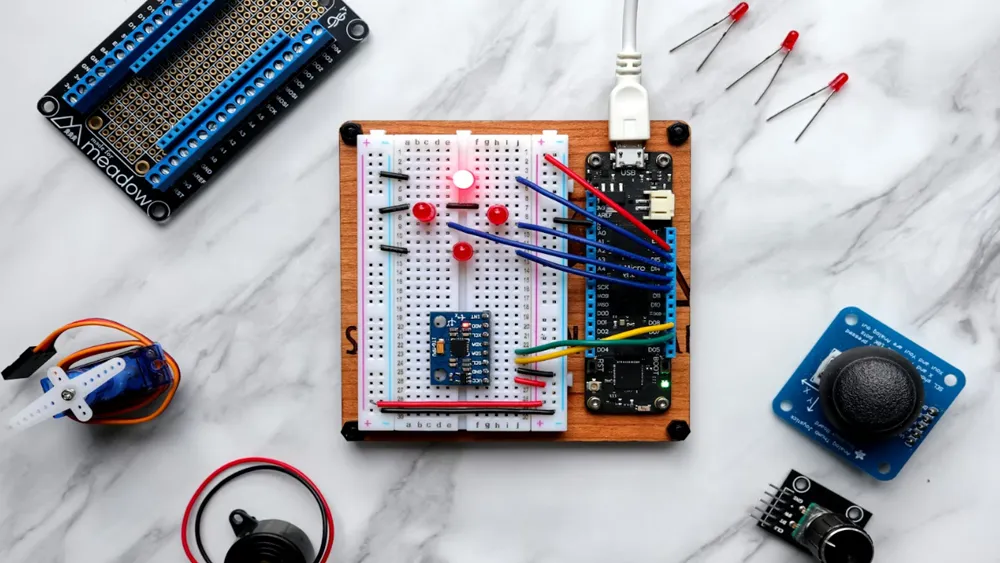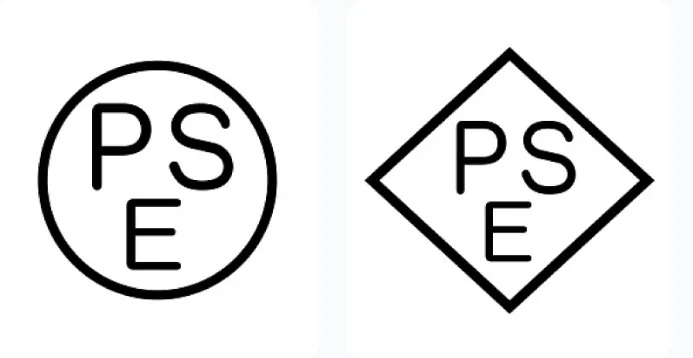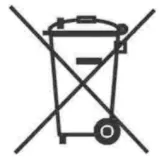
Portable Fire Pit Amazon Testing Standard: ASTM F3363-19
Recently, many sellers of portable fire pit products have reported that their items were removed from Amazon or that they received warning emails from Amazon, requiring them to upload relevant safety test reports before their products coULd be relisted.
Products CoveRED by This Policy:
This policy applies to portable decorative light sources that generate suspended flames using alcohol-based fuels in open container vessels. These items generally consist of a bowl or base, usually made of ceraMIC or other heat-resistant materials. They may also be referred to as portable fire pits, portable fireplaces, stoves, fire bowls, patio heaters, flame bowls, flame lamps, or tabletop stoves.
According to Amazon's policy, all portable fire pits must undergo testing and meet the requirements of astm f3363-19 (Standard Specification for Portable, Non-Vented Liquid or Gel-Fueled Devices) for portable, non-vented devices using liquid or gel fuels.
Note: The test report must include pictures of the tested product, and the pictures should be sufficient to prove that the product tested is the same as the one listed on the product detail page.
Scope:
1.1 These requirements apply to the following devices:
1.1.1 Devices that burn fuel on an open liquid storage surface and maintain a flame;
1.1.2 Devices that maintain a flame without the need for additional external ventilation to release combustion gases;
1.1.3 Devices that burn liquid fuel, gel fuel (such as solid alcohol), or other non-solid fuels in an open storage container or in a single-use, non-refillable fuel container;
1.1.4 Devices with a fuel capacity not exceeding 2.5 liters (0.67 gallons);
1.1.5 Devices with a heat output of 1.47 kW (5000 BTU/h) or less;
1.1.6 Devices that are portable or manually movable;
1.1.7 Devices suitable for use indoors, outdoors, or both.
1.2 These requirements do not apply to the following devices:
1.2.1 Candles;
1.2.2 Devices used for cooking or heating food;
1.2.3 Devices that burn solid fuels as defined in the test method D4359;
1.2.4 Devices without an open storage container, such as oil lamps with refillable fuel or outdoor garden/desk lamps using wick-based fuels (see Appendix X1).
1.3 This specification sets forth the minimum safety requirements for devices to ensure a reasonable level of safety during normal use, aiming to improve personal safety and reduce the risk of fire, injury, and death.
1.4 This specification is not intended to replace other safety measures, such as adult supervision, close monitoring of the product during use, or fire detection, alarm, or extinguishing systems.
1.5 Values expressed in SI units should be considered as the standard. Values in parentheses are for informational or approximate purposes.
1.6 This specification is used to measure and describe how materials, products, or components respond to heat, flame, and external forces under controlled conditions. It does not address all factors required for fire hazard or fire risk assessment of materials, products, or components under actual fire conditions.
1.7 This standard does not address all safety issues associated with its use (if any). Users of this standard are responsible for establishing appropriate safety, health, and environmental practices, and for determining the applicability of regulatory limitations.
1.8 This international standard is developed following internationally recognized principles for standardization, as established by the World Trade Organization's Technical Barriers to Trade (TBT) Committee in the "Decision on Principles for the Development of International Standards, Guides, and Recommendations."
Reference Documents:
2.1 ASTM Standards:
- D3828: Flash Point Test Method for Small Closed Cup Testers
- D4359: Test Method for Determining Whether Materials Are Liquid or Solid
- E136: Test Method for Measuring the Combustibility of Materials Using a Vertical Tube Furnace at 750°C
Testing Process:
1. Test application form;
2. Relevant samples and documentation;
3. Laboratory testing;
4. Issue of test report.
Required Documentation:
1. 2-3 test samples;
2. Product manual;
3. Product bill of materials.
The testing period generally takes 1-2 weeks, depending on the specific product. The exact time will be analyzed based on the product.
Email:hello@jjrlab.com
Write your message here and send it to us
 What is Amazon TIC and How Can Sellers Achieve Com
What is Amazon TIC and How Can Sellers Achieve Com
 2026 Battery UN38.3 Certification (Test Report) &a
2026 Battery UN38.3 Certification (Test Report) &a
 What is the IEC 62680 Standard? Compliance Interpr
What is the IEC 62680 Standard? Compliance Interpr
 Amazon Japan December Compliance Requirements
Amazon Japan December Compliance Requirements
 How to Check a CPSC-Accepted Laboratory?
How to Check a CPSC-Accepted Laboratory?
 WEEE Registration for Waste Electrical &Electr
WEEE Registration for Waste Electrical &Electr
 MSDS Chemical Safety Testing
MSDS Chemical Safety Testing
 What Are the Differences Between UK REACH and EU R
What Are the Differences Between UK REACH and EU R
Leave us a message
24-hour online customer service at any time to respond, so that you worry!




